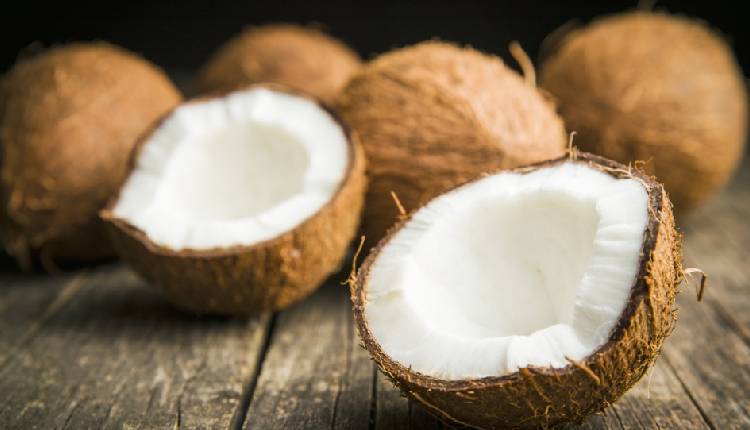The European Union (EU) imported 105,104 tons of coconut from countries outside the EU, valued at €146 million, according to recent trade data.
A significant portion of these imports, 67 per cent, consisted of desiccated coconut (70,330 tons), while the remaining 33 per cent were fresh coconut, either shelled, peeled (20,328 tons), or in their inner shell, known as the endocarp (14,447 tons).
The majority of the coconut imports originated from five key non-EU partners, which together accounted for 86 per cent of the total. The Philippines emerged as the leading supplier, providing 41,944 tons, representing 40 per cent of the EU’s total coconut imports, followed by Indonesia with 17,992 tons (17 per cent), Côte d’Ivoire with 14,642 tons (14 per cent), Sri Lanka with 8,206 tons (8 per cent), and Vietnam with 8,065 tons (8 per cent).
Among EU member states, the Netherlands was the top importer, receiving 48,937 tons, or 47 per cent of all coconut imports from outside the EU. Germany was the second-largest importer with 15,400 tons (15 per cent), followed by Spain (10,743 tons, 10 per cent), France (7,793 tons, 7 per cent), and Italy (4,643 tons, 4 per cent).
These five countries alone accounted for 83 per cent of the EU’s total coconut imports from non-EU nations. This significant demand underscores the importance of coconuts in the European market, with the Netherlands leading the way as the primary entry point for these tropical imports.
Attribution: Eurostat
Subediting: M. S. Salama


